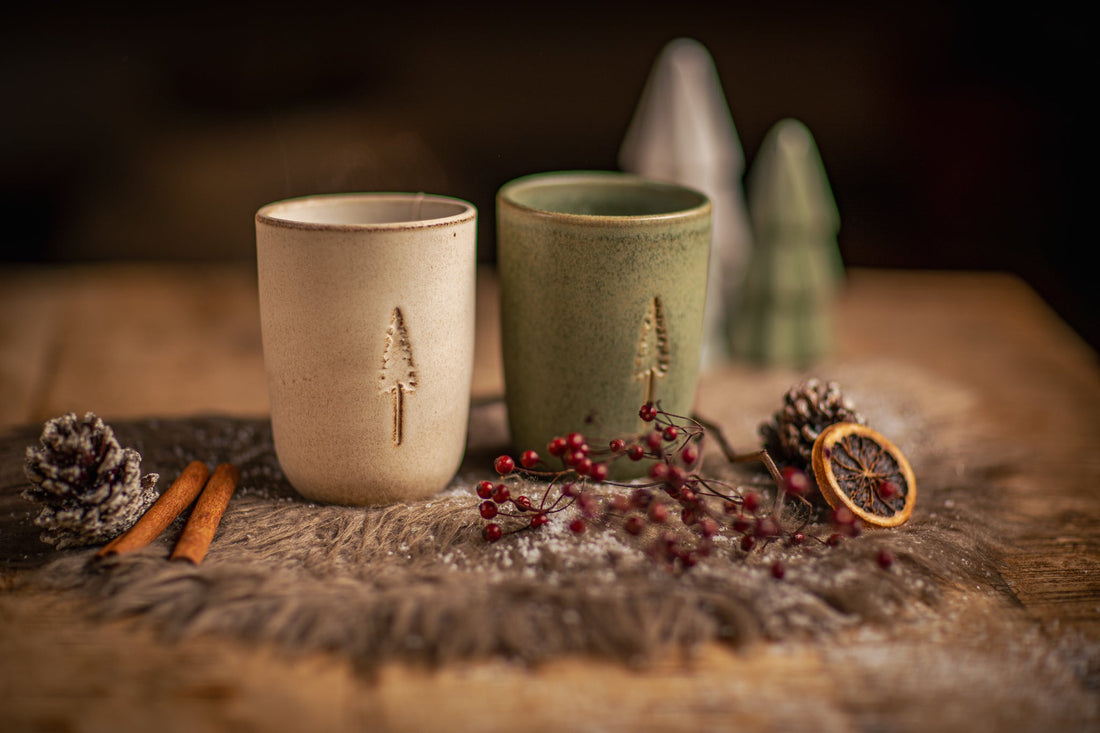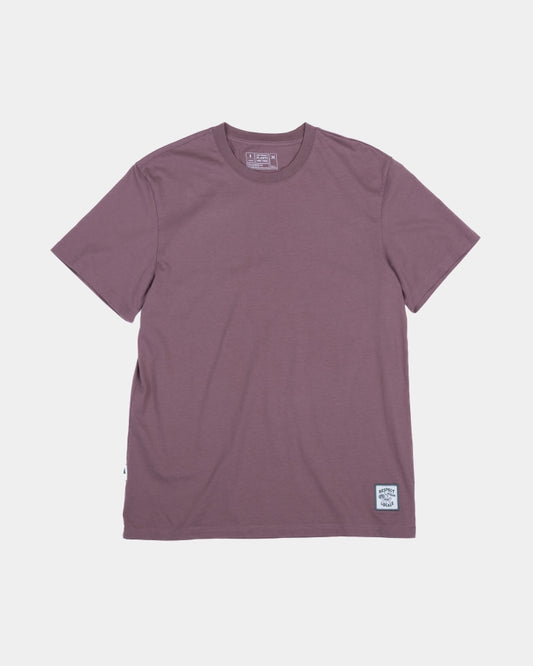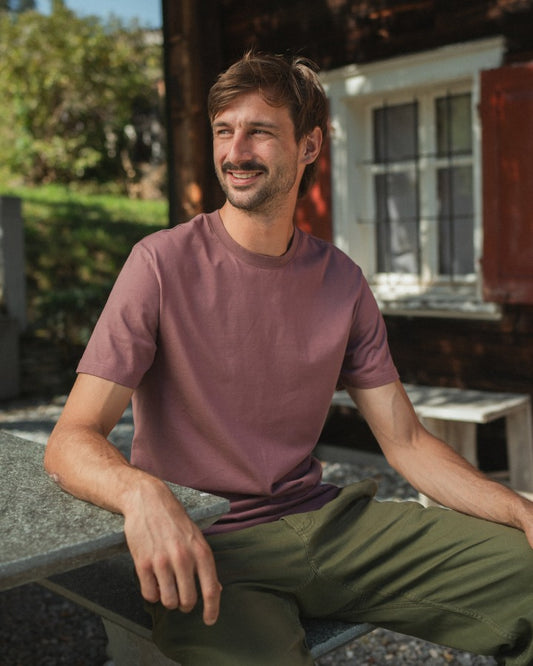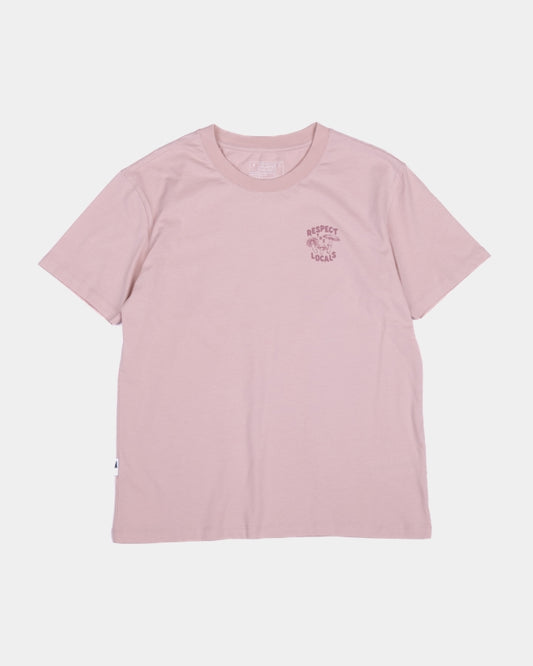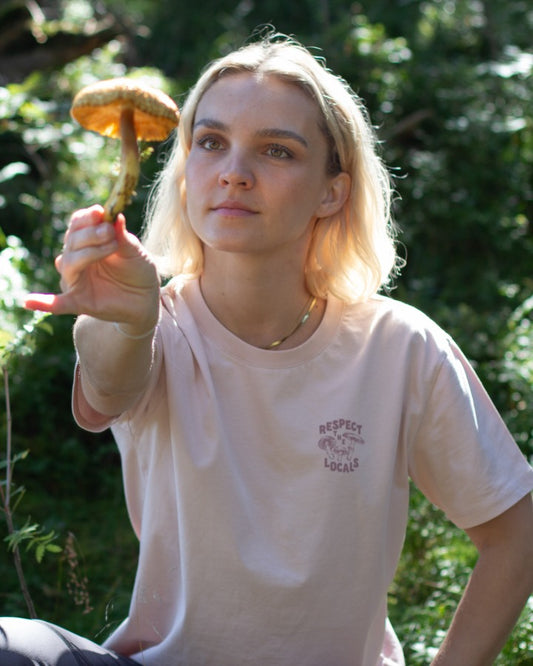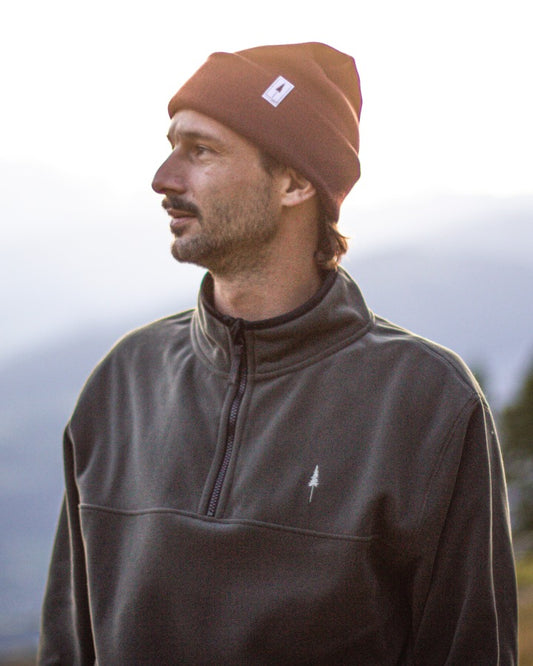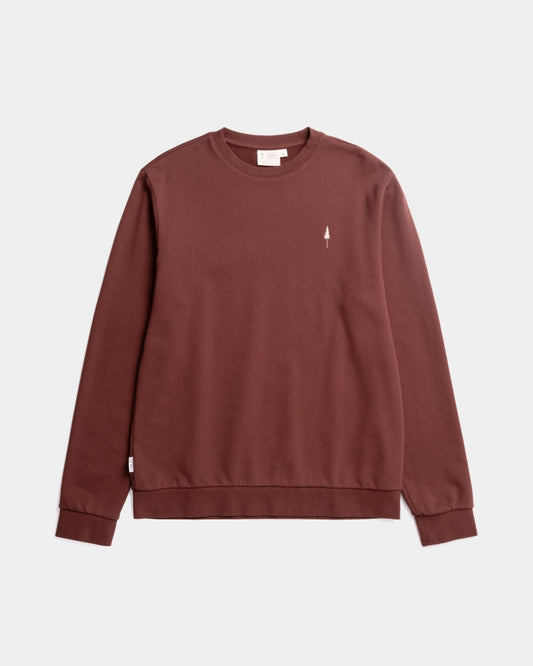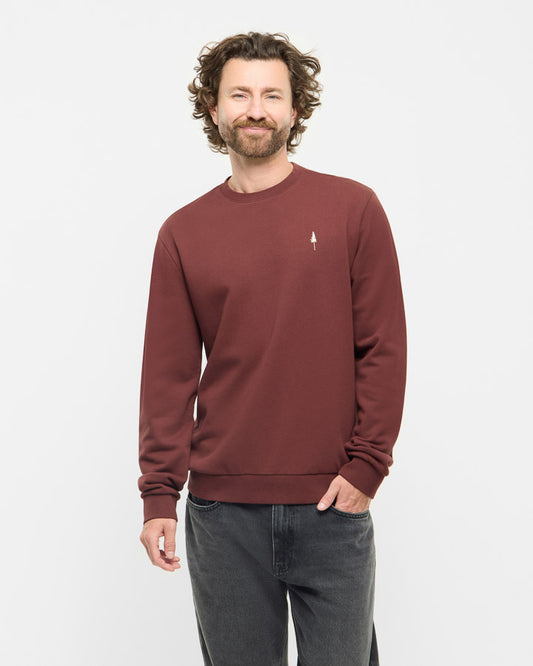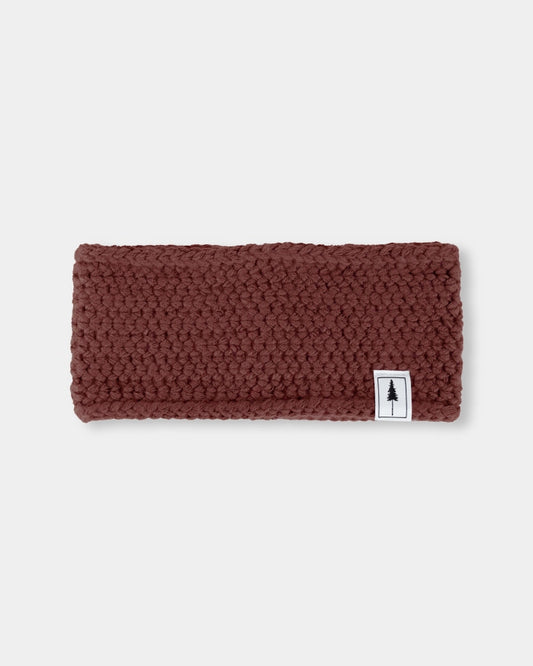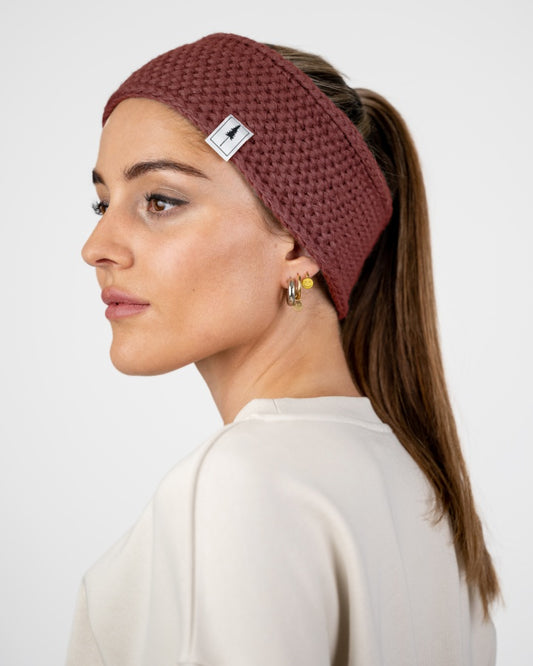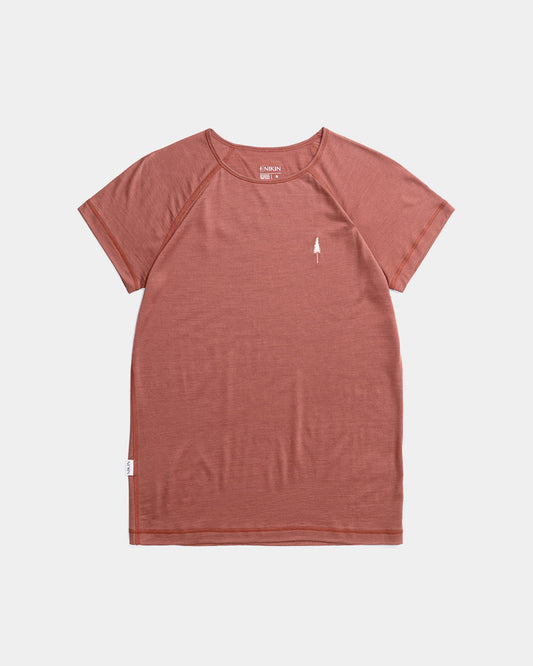People have been using ceramics for thousands of years. Ever since people first discovered that shapes made of fine clay become strong and durable through high heat, stoneware and earthenware, terracotta and the finest porcelain have been made from ceramics. Today we use it all the time, from a cup for coffee in the morning to a candle holder or a bowl for snacks in the evening.
In our XMAS collection, we have now also used ceramic for the first time for the NIKIN TreeMug. Reason enough to shed light on the manufacturing process and the sustainability of ceramics.
Ceramic production: from mud to cup
In order to create a TreeMug or any other ceramic object, you need clay earth. Depending on the fineness or coarseness of the clay, more or less delicate ceramic pieces are created. The first steps consist of mixing the clay with water and shaping it on a potter's wheel or using molds. The object then has to dry - this can take several days depending on the size.

Image: The clay is formed on a turntable. (Image from Val do Sol)
Ceramic manufacturing process: two firing stages at high temperature
The subsequent steps are the most complex - also in terms of energy consumption. This is because the workpiece is first subjected to a so-called mold firing and then (after the glaze has been applied) to the so-called glaze firing. Both are carried out at temperatures of several hundred degrees, depending on the material.
Smaller workshops and individual ceramic artists use kilns that are heated with electricity - if this comes from sustainable sources, high-temperature firing is of little ecological concern. Mass-produced ceramics, on the other hand, are usually fired in large-capacity kilns, where the energy is obtained from gas.

Image: The mold firing ensures a stable shape for the ceramic products before the glaze is applied and fired. (Image by Val do Sol)
Glazes and their composition
Another, less considered factor with regard to the ecology of ceramic firing is the composition of the glaze. Particularly in the case of ceramics produced at low cost, harmful substances can be found in the glazes, which may also be released into food and drink. A good glaze, on the other hand, consists only of natural minerals that are mixed together and then heated.
Supply chains for ceramics
Finally, the supply chain is also crucial for the sustainability of ceramics. As always, the next the route, the higher the emissions. Global supply chains are still very common in this sector in particular. However, there are also high-quality ceramic objects "made in Europe", such as our TreeMug produced in Portugal.

Image: At Val do Sol in Portugal, the handmade products are refined with homemade glazes. (Image from Val do Sol)
Sustainable ceramics - what to look out for
Ceramic is a much-used material that - unlike glass or paper - cannot simply be recycled. It is reused by grinding up shards, which are then added to new clay mixtures. These shards stabilize the clay mixture and are therefore practical for everyday ceramic objects, but not suitable for fine porcelain. So if you want to live as sustainably as possible when handling ceramics, you can pay attention to the following:
- Buy ceramics from European production with the shortest possible supply chains and transparent manufacturing conditions.
- Make sure that waste products such as excess clay, heat and water are recycled in the production of ceramics.
- Handle the ceramic pieces with care to ensure a long service life.
Our TreeMugs are made by the Portuguese company Val do Sol Cerâmicas, which carries out all production steps in its own factory. By reusing heat, water and clay, the consumption of resources remains low and the homemade glazes are mixed from natural ingredients. This results in high-quality and long-lasting favorite products.

Picture: Our TreeMug Ceramic - fairly produced in Europe and real eye-catchers.
NIKIN is committed to local production with the lowest possible consumption of resources, not only for ceramics but for all products. By supporting NIKIN, you are part of this ecological movement and are also planting trees. Together we make the world greener - #treebytree.





